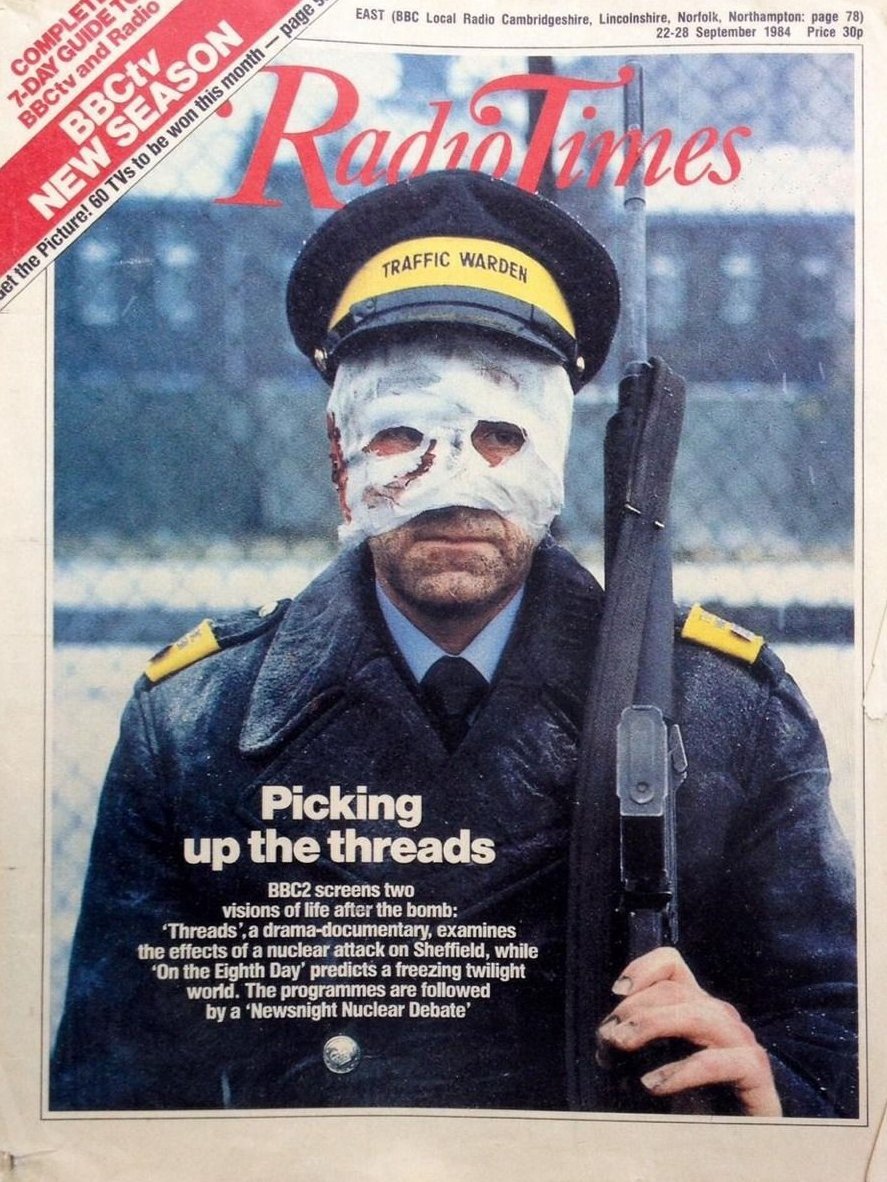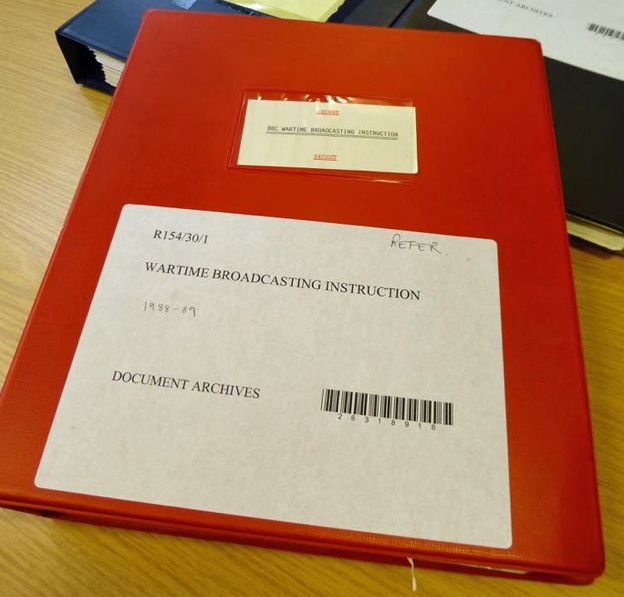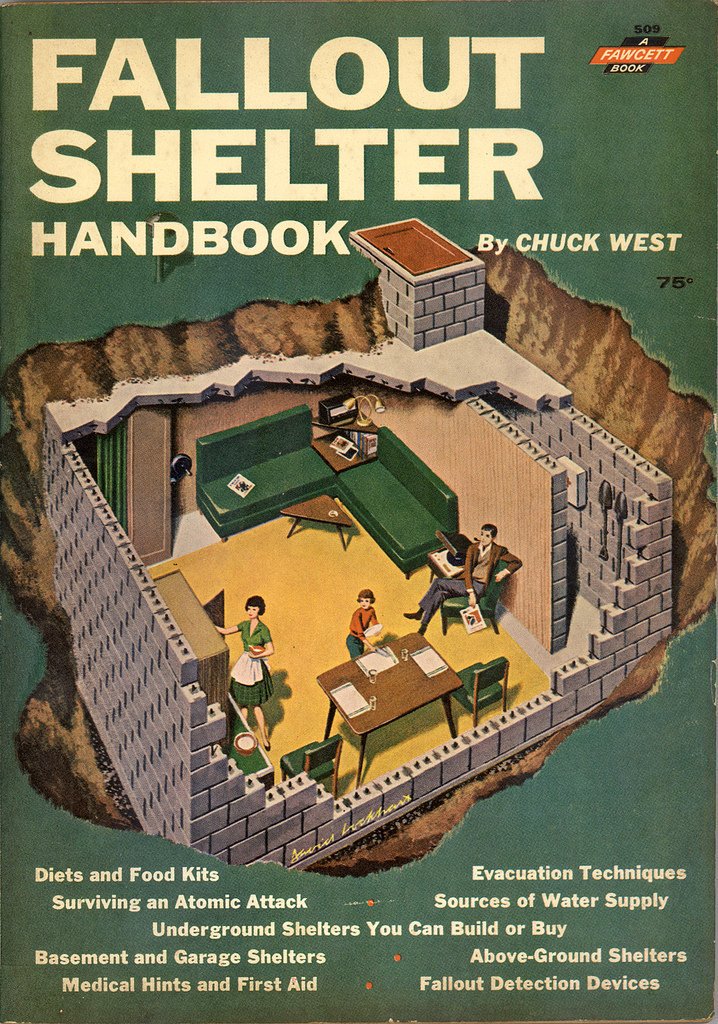If atomic war broke out how would Britain react? From 1953 to 1992 the UK had a detailed plan to break the news to citizens. Let's take a look at it... #ThursdayThoughts


More #science stories another time!




Keep Current with Pulp Librarian
This Thread may be Removed Anytime!
Twitter may remove this content at anytime, convert it as a PDF, save and print for later use!

1) Follow Thread Reader App on Twitter so you can easily mention us!
2) Go to a Twitter thread (series of Tweets by the same owner) and mention us with a keyword "unroll"
@threadreaderapp unroll
You can practice here first or read more on our help page!